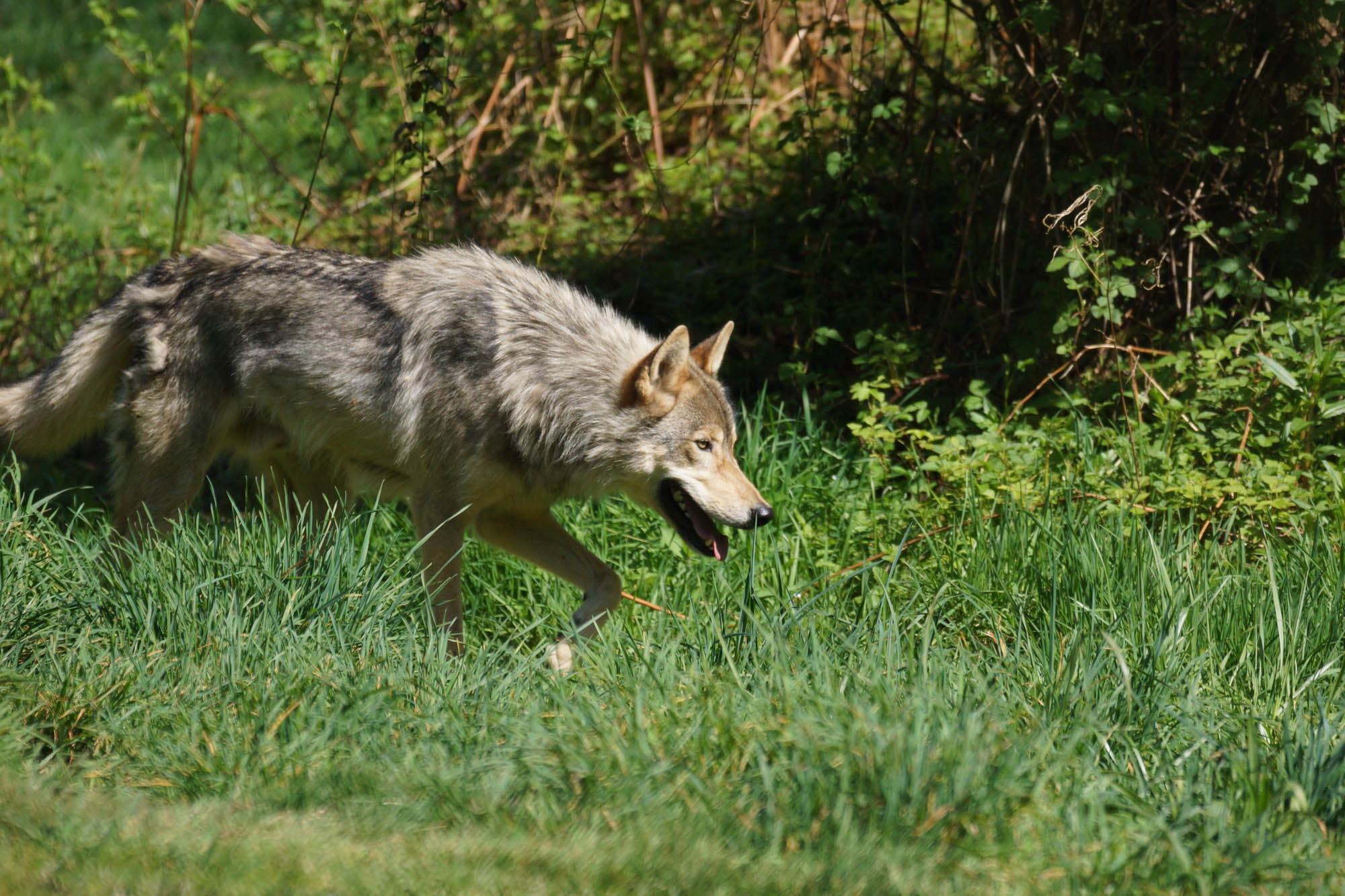21
Jan 2020
Wolf Facts
Appearance
Despite their name, gray wolves may be white, tawny gray or black, or any combination of those colors. Approximately half of any gray wolf population actually is gray. Adult male gray wolves typically weigh between 90 and 110 pounds, and may exceed 5-1/2 feet in length from nose to tail tip. Adult females typically weigh between 80 and 90 pounds and can be 5-feet long. Pups are born with black spots on the upper outside of their tails, which may fade with age. Young wolves may resemble coyotes or some larger domestic dogs. However, wolves can be distinguished from most coyotes and dogs by their longer legs, larger feet, wider head and snout, shorter ears, narrow body, and straight tail. (comparison of wolf and coyote)
Reproduction
Female wolves begin to bear young when they are about 2 years old. Breeding usually occurs only between the dominant male and female in a pack, with the breeding season peaking in mid- to late- February. Pregnancies last for two months and usually result in a litter of three to five young, called pups. All the adults in a pack share in the raising of pups. Wolf packs generally range in size from 3 to 19 wolves.
From late April until September pack activity is centered near the den or at one or more rendezvous sites as the adults wolves hunt and return with food for the pups. Rendezvous sites typically are located in meadows or forest openings near the den, but can be several miles away. Adults carry small pups between the rendezvous sites, where the pups stay until they are able to travel and hunt with the pack, which usually occurs by September.
Habitat
Wolves are habitat generalists and will establish territories anywhere there is a sufficient food source. When setting out to establish new territories, young male wolves disperse an average of 50 to 60 miles from their source pack, and females disperse an average of 40 miles. However, dispersals of more than 500 miles have been reported.
Territory
Pack boundaries and territory sizes vary from year to year depending on changes in prey availability, distribution, conflict with nearby wolf packs, or the establishment of a new neighboring pack. Researchers have reported wolf territories ranging in size from 25 square miles to more than 1000 square miles.
Food
Wolves are opportunistic carnivores whose primary prey are deer, elk and moose. When these prey are not available, wolves will eat smaller animals such as rabbits, beavers, grouse, ravens, skunks, coyotes, porcupines, eagles and fish. Wolves also may kill and feed upon domestic livestock such as cattle, sheep, llamas, and goats. When necessary, wolves also will eat insects, nuts and berries.

You must be logged in to post a comment.